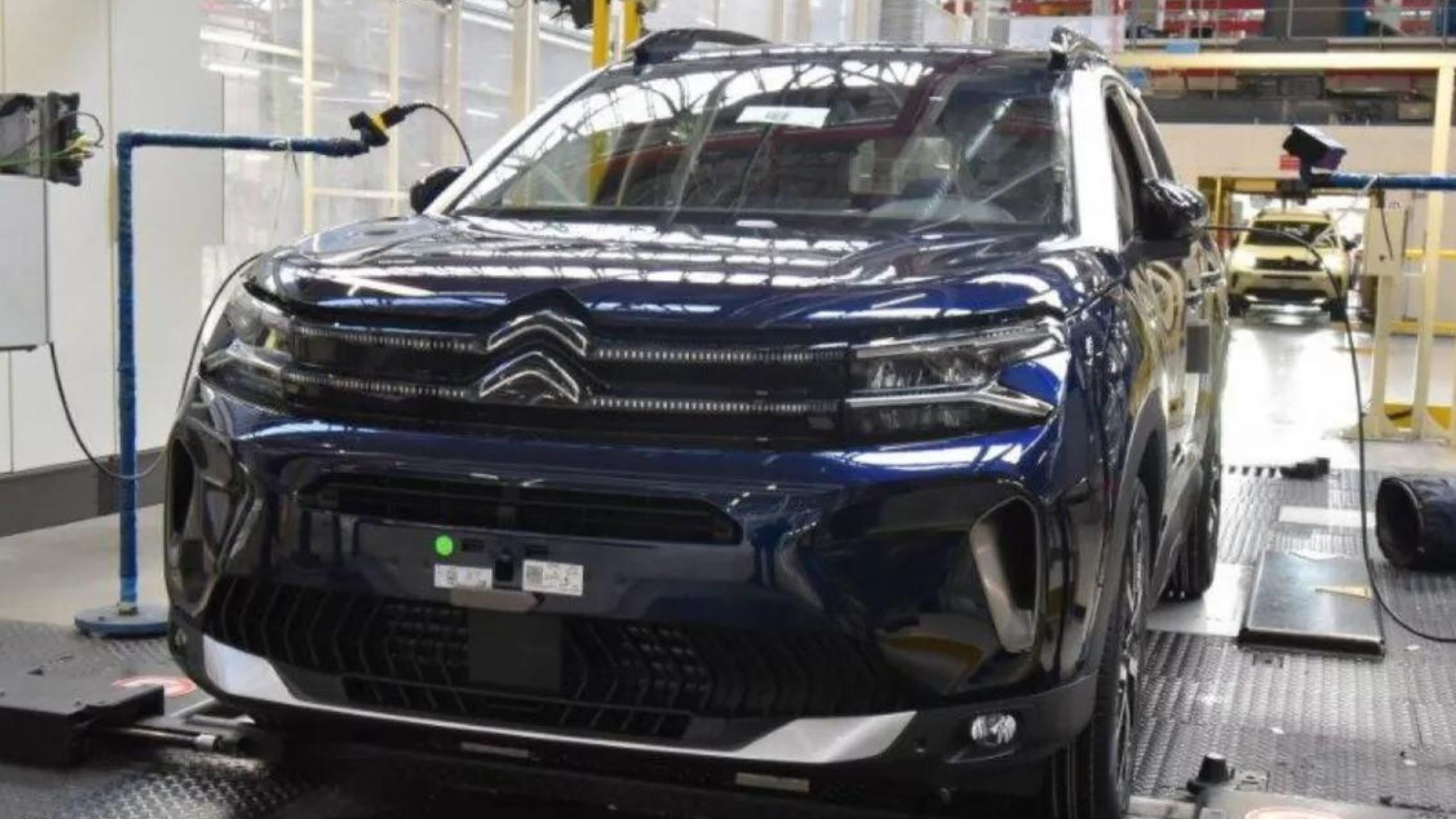In 2022, Stellantis, along with other Western automakers, ceased exporting vehicles to and manufacturing them in Russia. However, consumers in Russia still have access to some of its vehicles through assistance from the company’s Chinese partner, Dongfeng.
There is no indication that Stellantis is circumventing trade sanctions with Russia. Rather, Russia seems to be utilizing what it terms “parallel imports” to sustain its automotive industry following disruptions caused by its invasion of Ukraine.
Initially, Chinese firms exported vehicles to Russia, and now they seem to be supporting Russia’s manufacturing sector as well.

In December 2023, a Russian firm named Automotive Technologies imported 42 or more kits to assemble the Citroen C5 Aircross at a plant in Kaluga.
According to dealers speaking anonymously to Reuters, these kits were sourced from Dongfeng, which holds a commercial partnership with Stellantis, enabling it to distribute the Euro-American company’s vehicles in China.
The initial batch of kits was described as part of a trial initiative, and mass production is set to commence at the Kaluga plant in 2024.
Dealers were informed that they would soon receive C5 Aircrosses assembled from these kits, though it remains uncertain whether they will continue to be branded as Citroens. In 2022, Russia relaunched Moskvich, which sold rebranded JAC Motors vehicles assembled in Moscow using kits acquired from China.
The revival of C5 Aircross production underscores the diminishing control Western companies have over their brands and assets in Russia.
Stellantis stated that despite owning 70 percent of the Kaluga plant (with the remaining 30 percent belonging to Mitsubishi) and other assets in the country, it determined in December that it had “lost control of its entities” there.

The automaker disclosed that it had recognized €144 million (US$155 million at current exchange rates) in losses as a consequence.
As Western companies relinquish control, Chinese automakers are filling the void, constituting over 56 percent of the market. This trend seems to be leveling off as domestic manufacturing experiences a modest recovery.

